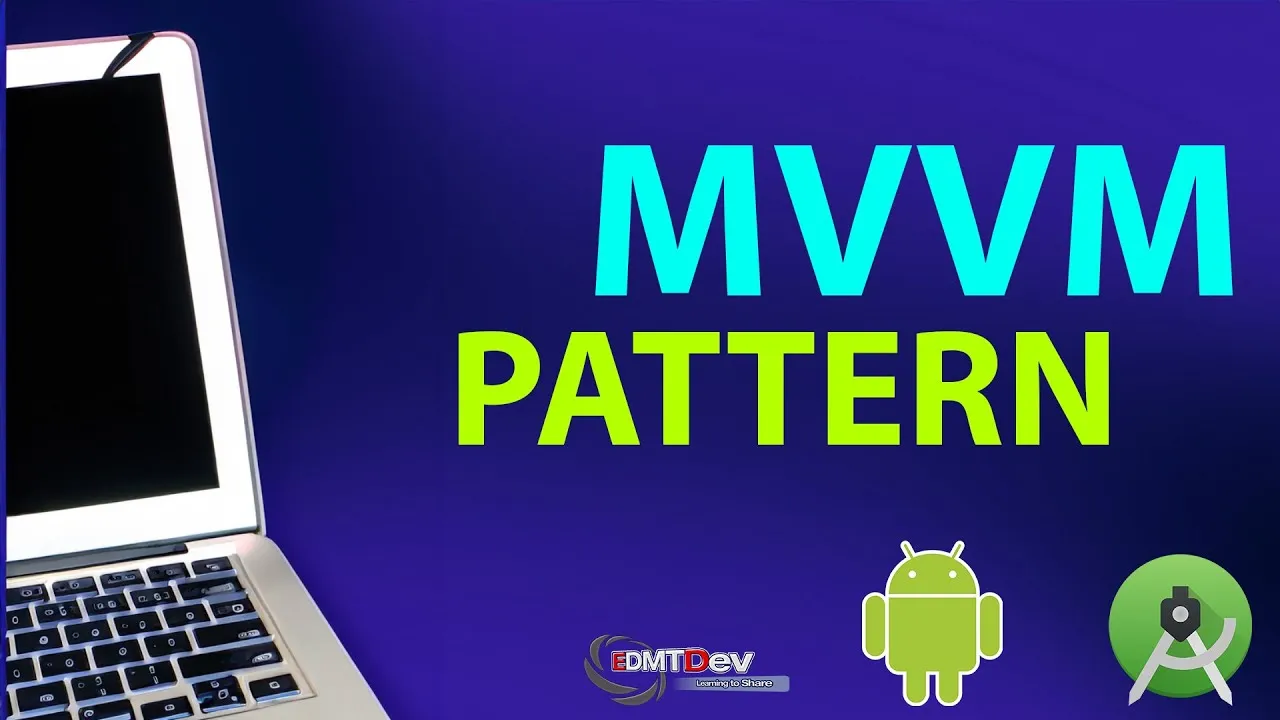Learn how to use Room Persistence Library to store and retrieve data locally in Android using MVVM pattern. This tutorial covers everything you need to know, from setting up your project to implementing Room entities, DAOs, and MVVM architecture components. By the end of this tutorial, you'll be able to use Room Persistence to build efficient and scalable Android apps.
“Getting Familiar with Room Persistence in Android through a Real-World Example Using MVVM Pattern”
In this tutorial, we'll dive into the practical usage of Room Persistence Library in Android while following the MVVM (Model-View-ViewModel) architectural pattern. We'll create a sample app that demonstrates how to effectively manage data using Room, ViewModel, and RecyclerView components.
Step 1: Entity Definition
We'll start by defining the data structure using the Entity class. For example, let's consider a "Task" entity with attributes like title, description, and priority.
Step 2: Data Access Object (DAO)
Next, we'll create a DAO interface that defines the CRUD (Create, Read, Update, Delete) operations for the "Task" entity. This interface will be responsible for database interactions.
Step 3: Database Setup
We'll establish the Room database by creating an abstract class that extends RoomDatabase. This class will define the entities to be included in the database and handle version management.
Step 4: Repository
The Repository class will act as an intermediary between the ViewModel and the data sources. It will provide methods to perform database operations like fetching tasks, adding tasks, and deleting tasks.
Step 5: ViewModel
The ViewModel will hold and manage the UI-related data, interacting with the Repository to provide data to the UI. It will expose LiveData to the UI to ensure proper data observation.
Step 6: UI Implementation
We'll create the UI using XML layouts, including a RecyclerView to display the list of tasks. The ViewModel will be attached to the UI, and data binding can be used to populate UI elements.
Step 7: RecyclerView Adapter
Building upon the RecyclerView, we'll create a custom adapter that binds the data from the ViewModel to the UI. This adapter will handle click events and interactions with individual tasks.
Step 8: Handling User Interactions
We'll implement user interactions such as adding new tasks and deleting existing tasks. For instance, clicking on a "Delete" button will trigger the deletion of a task, updating the UI via the ViewModel.
Step 9: ViewModel Factory
To address parameterized ViewModel creation, we'll create a ViewModelFactory class that can customize ViewModel instantiation and provide the required dependencies.
Step 10: Testing and Refining
Throughout the process, we'll conduct testing at each stage to ensure the app's functionality. Debugging and refining the code will help us achieve a robust and efficient implementation.
By following these steps, you'll gain hands-on experience in utilizing Room Persistence Library and MVVM pattern to create a well-structured Android app that efficiently manages data and user interactions. Happy coding!
